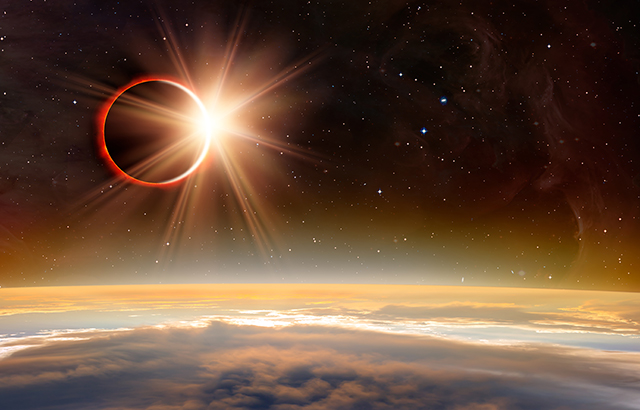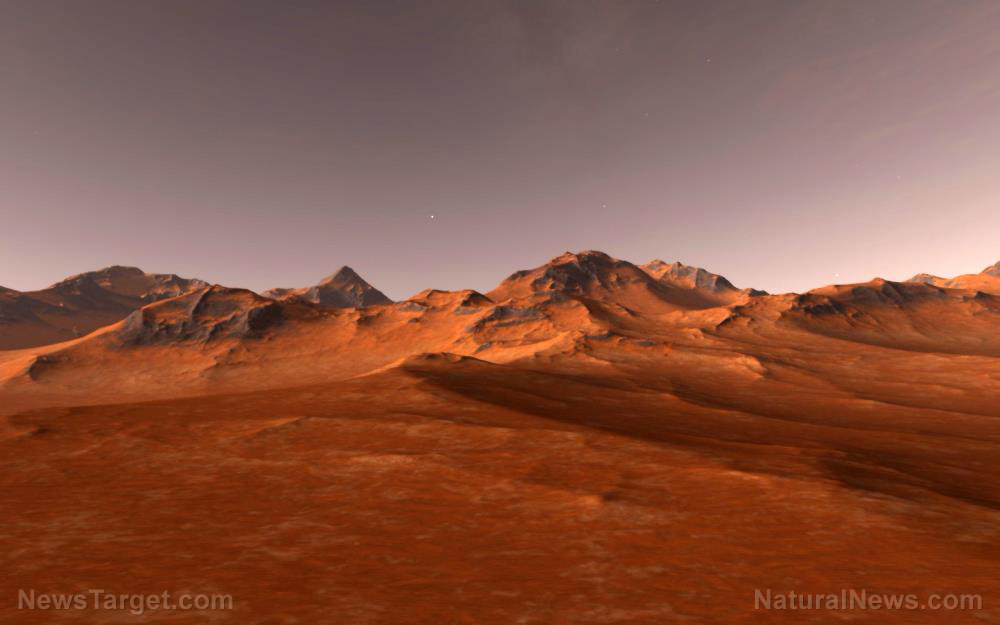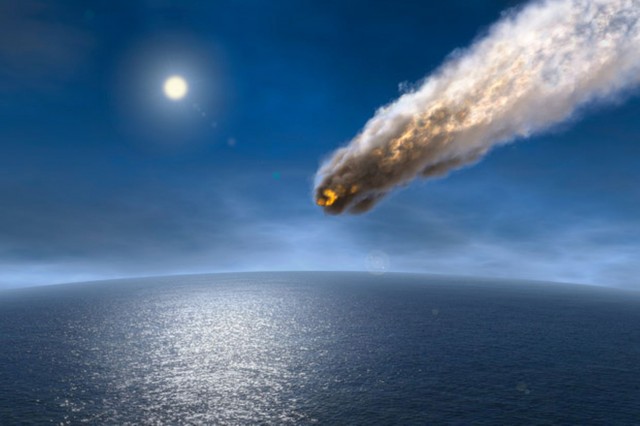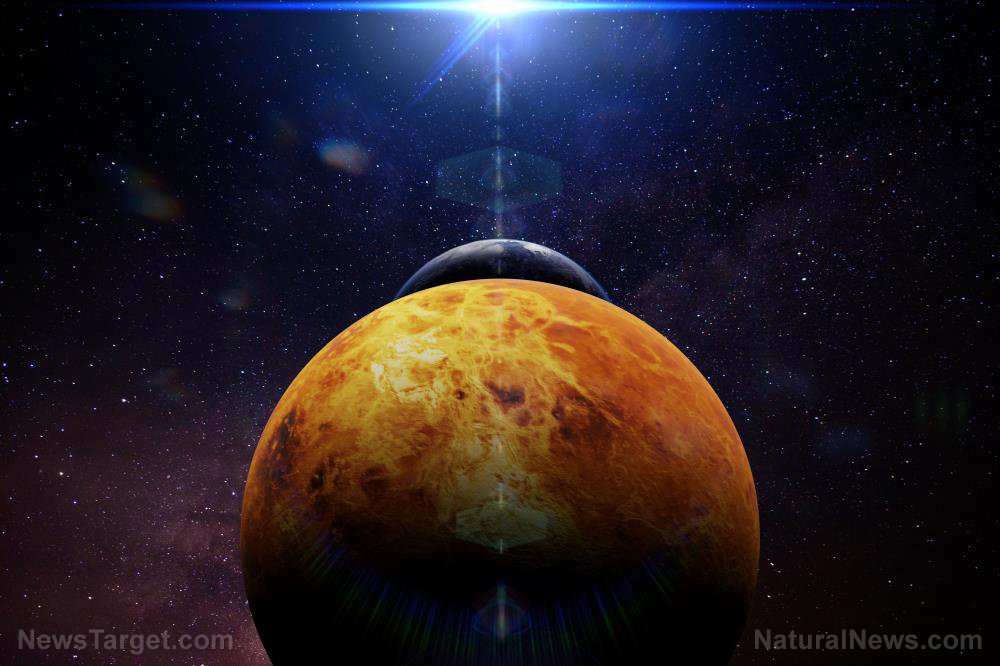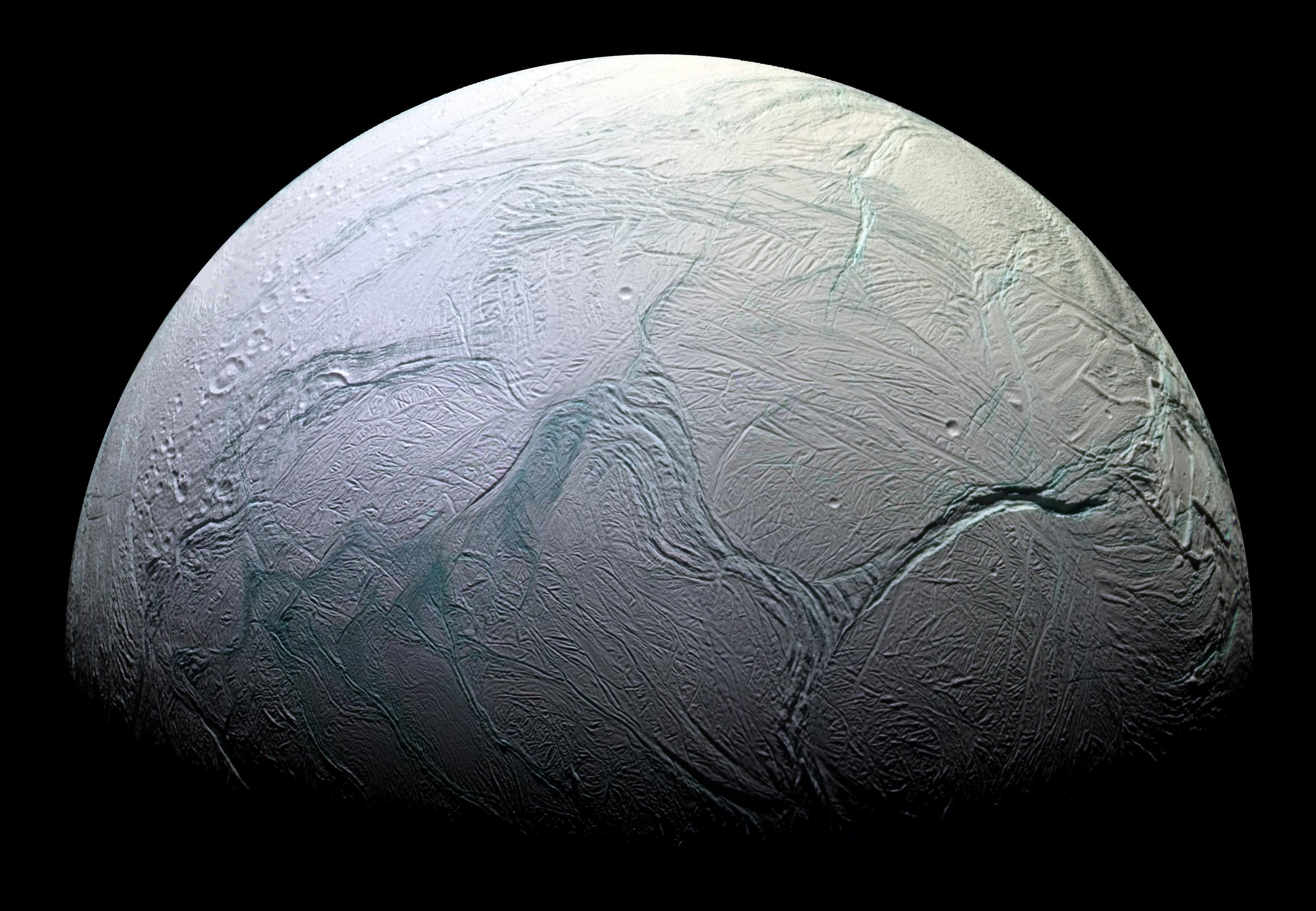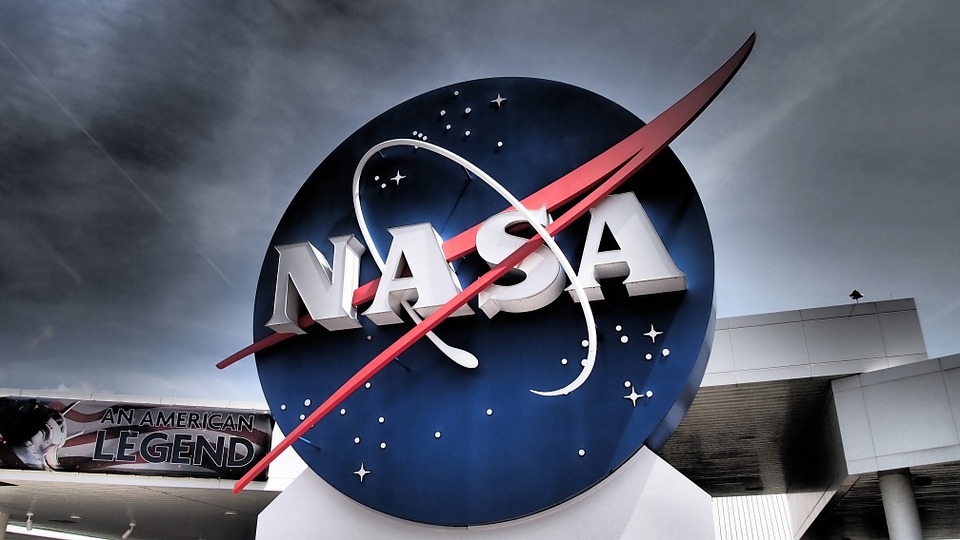HUGE space rock hurtling this way: NASA says asteroid bigger than our tallest building will hurtle past our planet at 67,000mph next week
01/26/2018 / By Rhonda Johansson

The National Aeronautics and Space Administration (NASA) has reported that a gigantic asteroid will fly relatively close to Earth on February 4. Asteroid 2002 AJ129 has been classified as “potentially hazardous” and will make its approach to Earth at 1:30 p.m. PST (4:30 p.m. EST/ 21:30 UST) on February 4 at a distance no closer than 10 times the distance between the Earth and the moon. Despite the closeness (in space terms), NASA has stated that the asteroid poses little to no risk of colliding with our planet.
“We have been tracking this asteroid for over 14 years and know its orbit very accurately,” explained Paul Chodes, manager of NASA’s Center for Near-Earth Object Studies at the Jet Propulsion Laboratory in Pasadena, California. “Our calculations indicate that asteroid 2002 AJ129 has no chance — zero — of colliding with Earth on Feb. 4 or any time over the next 100 years.”
Asteroid 2002 AJ129 measures around 0.7 miles (1.1 km) wide and is hurtling through space at average speeds of 67,000 mph (107,826 kmh). This makes the asteroid bigger than the Burj Khalifa (the world’s tallest building) and faster than the hypersonic North American X-15 (the world’s quickest manned aircraft). It will be the largest space debris to pass by our planet this year.
Understanding the worst case scenario
An analysis of its size, shape, and velocity concluded that should the asteroid ever go off-course and hit us, it would plunge the Earth into a mini ice age. The impact would force temperatures to drop around the world by around eight degrees Celsius and leave a 0.6-mile-wide (one km) crater in its wake. The soot that would be forced upwards from the collision would remain in the atmosphere for a decade while the dust exploded from the crater would take around six years to settle back to the ground. (Related: A single asteroid hit in the Atlantic ocean could generate a Fukushima-sized tsunami wave causing nuclear meltdowns in 13 nuclear facilities along the East Coast.)
Thankfully, this is unlikely to happen, stressed NASA. Asteroid 2002 AJ129 has a remarkably predictable orbit and the chances of it deviating from that are incredibly slim.
This does not suggest that NASA is not taking planetary defense seriously. Just last year, they announced that their Double Asteroid Redirection Test (DART) was moving into its preliminary design phase from concept development. DART is the first-ever mission to demonstrate NASA’s asteroid deflection techniques.
Lindley Johnson, planetary defense officer at NASA headquarters in Washington explains: “DART would be NASA’s first mission to demonstrate what’s known as the kinetic impactor technique — striking the asteroid to shift its orbit — to defend against a potential future asteroid impact. This [shift to the design phase] advances the project towards an historic test [sic] with a non-threatening small asteroid.”
NASA scientists are hoping to test DART on an asteroid that will make its approach to Earth on October 2022 and again in 2024. The asteroid, Didymos, is ideal for testing DART as it is composed of a binary system that consists of two bodies; Didymos A and Didymos B. Scientists intend to use DART on the smaller asteroid, Didymos B.
DART works by striking itself at a smaller body at a speed of around 3.7 miles per second (six km per second). That’s around nine times faster than a bullet. The goal is to shift the asteroid off its orbit, which would prevent it from crashing into our planet. During the test run on Didymos, NASA scientists will determine if the kinetic impact would work for asteroids of Didymos B’s size.
“With DART, we can show how to protect Earth from an asteroid strike with a kinetic impactor by knocking the hazardous object into a different flight path that would not threaten the planet,” concluded Andy Cheng of the Johns Hopkins Applied Physics Laboratory in Laurel, Maryland.
More space news posted daily at Space.news.
Sources include:
Tagged Under: Asteroid, Asteroid 2002 AJ129, asteroid impact, DART, Double Asteroid Redirection Test, NASA, Space


